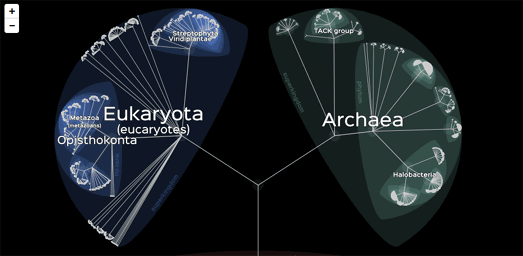Maps of the Week

This week saw the release of two very well designed interactive weather maps, VentuSky and MeteoEarth.
VentuSky allows you to view a mapped forecast of the weather for any location in the world for over a week ahead. One of the most impressive features of VentuSky is the wind speed option which visualizes wind direction & speed on the map with animated streamlines. As well as wind forecasts the map allows you to view forecasts for temperature, cloud cover, precipitation, air pressure and snow cover.
You can also view animated wind direction and temperature forecasts on a 3d globe, courtesy of MeteoEarth. The globe provides worldwide temperature, precipitation, cloud cover, wind and air pressure forecasts using data from the European Centre for Medium-Range Weather Forecasts.

Another impressive 3d map released this week visualizes baseball home runs on top of a 3d model of San Diego's Petco Park. The Petco Homers map shows where all the home runs in the 2015 season were scored.
You can filter the home runs shown on the map by team and by time of day. You can rotate and zoom the map to find the best angles. The map even includes a number of quick links which will rotate the map to the umpire's view, the view from right-field, or the views from the Omni or Marriot Hotels.

One of my favorite maps this week uses the Leaflet mapping library to provide a complete visual guide to the taxonomy of life. Lifemap is an interactive map which allows you to explore the taxonomic classification of over 800,000 different species.
The map works like other interactive maps - as you zoom in on the map more detail is revealed. With Lifemap this means that as you zoom in on a taxa the groups within that classification are revealed. In this way you can carry on zooming into the map and the tree of life until individual species are revealed.
The 'pro' version of Lifemap, provides an exhaustive National Center for Biotechnology Information taxonomy (more than 1.1 million taxa) and links to the NCBI webpage for each taxa.


Comments